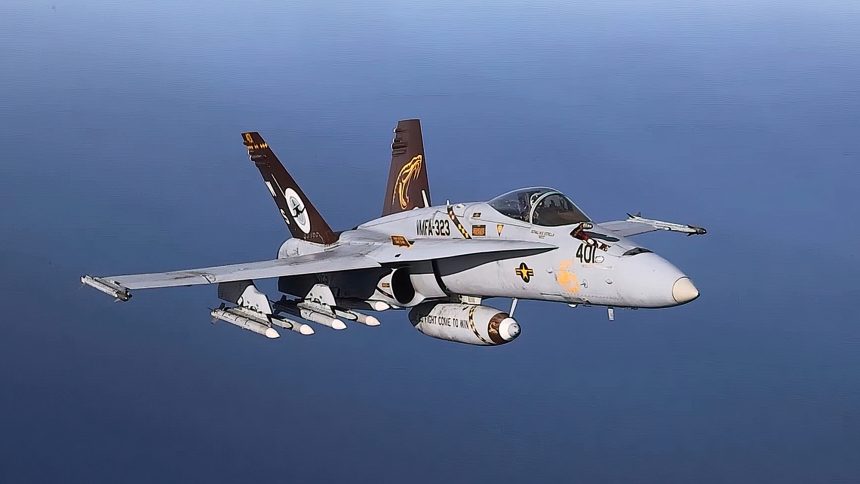USMC F/A-18C/D Hornets from VMFA-323 will participate in a SINKEX alongside allied forces from the Philippines, Japan and Australia during Balikatan 2025.
U.S. Marine Corps F/A-18C/D Hornets from Marine Fighter Attack Squadron 323 (VMFA-323) will participate in a sink exercise (SINKEX) alongside allied forces from the Philippines, Japan and Australia during Exercise Balikatan 2025. The squadron will conduct live attacks on the former BRP Miguel Malvar, a corvette of World War Two vintage, alongside as of yet unknown components from other participating nations.
VMFA-323 is a land-based aviation squadron based at Marine Corps Air Station Miramar in California. Initially a carrier-based squadron, VMFA-323 made history as the last F/A-18 Hornet carrier deployment in the U.S. Marine Corps, returning from a 10-month deployment on the USS Nimitz (CVN-68) in 2021.
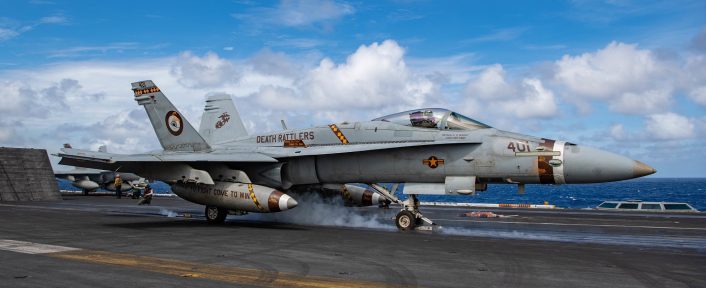
For this exercise they will be based out of Clark Air Base in the Philippines, where they had also recently been photographed during exercise Cope Thunder. Taking place just prior to the start of Balikatan, Cope Thunder tests the U.S. and Philippine air forces’ ability to conduct integrated aerial operations which will be further demonstrated during Balikatan.
US Navy spokesperson Lt. Carlos M. Gomez explained to USNI News that:
“The F/A-18s will be taking part in the Maritime Strike event where several Armed Forces Philippines, U.S., and Australian Defense Force platforms will integrate to simultaneously sense and shoot a decommissioned ship.”
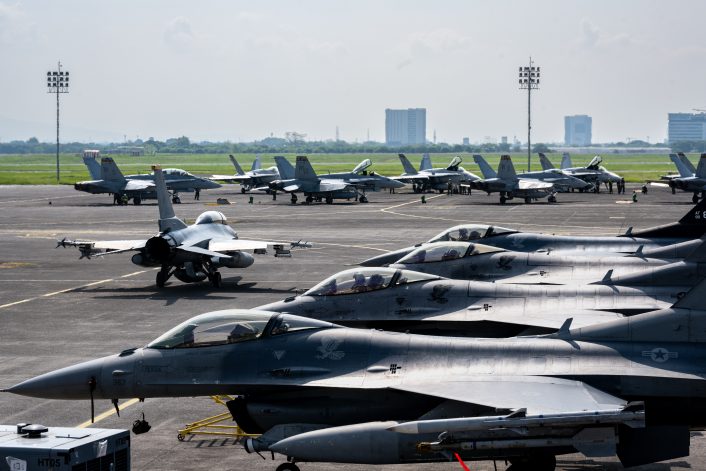
The total number of USMC Hornets deployed to Clark is not yet known, but eight examples were photographed at Clark Air Base itself. Additionally, twelve U.S. Air Force F-16s from the 14th Fighter Squadron, based out of Misawa, Japan, were also photographed, with Philippine state media claiming that the USAF fighters will take part in the SINKEX alongside the Hornets.
Lt. Col. Josh “Vegas” Plocinski, commander of the 14th Fighter Squadron stated: “One of the bigger aspects we will be going to focus on in Balikatan is maritime strike.”
Their F-16s are usually tasked with suppression and destruction of enemy air defenses, (SEAD/DEAD), and so Balikatan will be providing a unique training opportunity, reflecting the heightened requirement for more maritime strike capability in the Pacific. According to Plocinski, the F-16s will utilize 2,000-pound GPS-guided bombs for the SINKEX.
Our Marines are taking part in the 40th iteration of Exercise Balikatan alongside the Armed Forces of the Philippines. pic.twitter.com/VUqq4hqz1m
— 3d Marine Division (@3d_Marine_Div) April 28, 2025
The USAF also facilitated the deployment of the 3rd Marine Littoral Regiment (MLR) to the Batanes Islands, situated in the Luzon Strait between the Philippines and Taiwan. They bring with them the new Navy-Marine Expeditionary Ship Interdiction System (NMESIS), a land based anti-ship missile platform, launching license-built Naval Strike Missiles (NSM), produced by Kongsberg in Norway.
The system uses an unmanned variant of the Joint Light Tactical Vehicle (JLTV) for local transportation and carries two NSM in canisters atop the rear of the weapon system. Small teams of hidden Marines will be able to monitor multiple dispersed launchers, directing them around the battlespace and avoiding retaliatory fire.
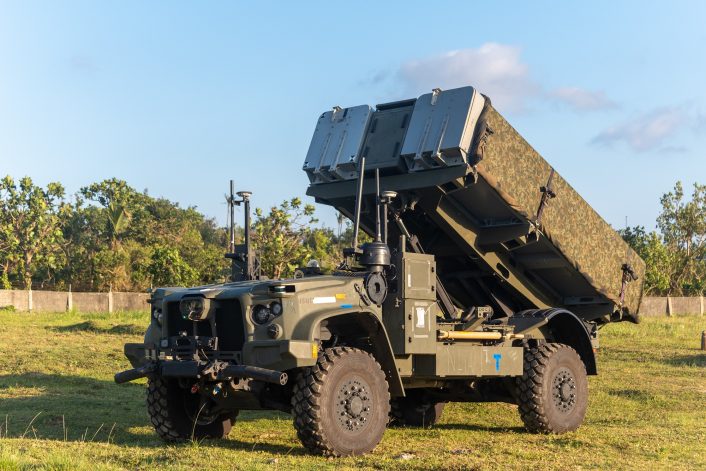
NMESIS will participate in the SINKEX alongside the fighter aircraft, simulating NSM launches on the BRP Miguel Malvar to test the weapon system, without live firing its missiles.
Based on past exercises, from 2023 and 2024, aircraft from the Philippine Air Force (PAF) and Royal Australian Air Force (RAAF) are also likely to participate in the SINKEX alongside the U.S. PAF FA-50s and a RAAF E-7 Wedgetail helped to sink the BRP Lake Caliraya (AF-81) small replenishment tanker in 2024, with the FA-50s striking the ship and the Wedgetail coordinating the strikes. However, current details on the composition of the 2025 exercise are scarce.
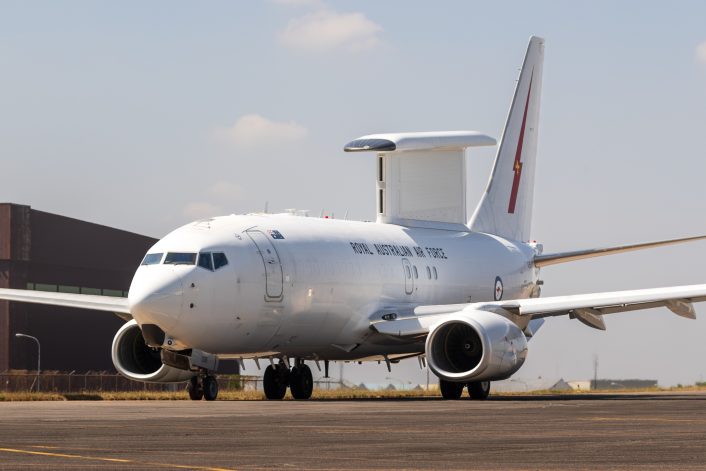
Exercise Balikatan 2025
Taking place from Apr. 21 to May 9, Balikatan is the annual, mainly bilateral, exercise that brings together the armed forces of the United States and the Philippines to train and strengthen their 71 year long alliance. ‘Balikatan,’ meaning ‘shoulder to shoulder’ in Tagalog, is designed to integrate the two armed forces together allowing them to operate seamlessly during operations. The exercise will occur across the Philippine archipelago, particularly on the islands of Luzon and Palawan and into the South China Sea and across the Luzon Strait.
BALIKATAN 25 KICKOFF!
Balikatan is an annual exercise between the U.S. military and the Armed Forces of the Philippines aimed at reinforcing our alliance, enhancing our joint capabilities and showcasing our dedication to regional security. pic.twitter.com/6JBsvOnAk9
— Department of Defense 🇺🇸 (@DeptofDefense) April 22, 2025
This year sees the 40th edition of the exercise, with over 9000 American and 5000 Filipino forces involved in air, land and seaborne exercises. Joining them are 260 members of the Australian Defence Forces (ADF) as well as 160 members of the Japanese Self Defence Force (JSDF) who are participating in the exercise for the very first time.
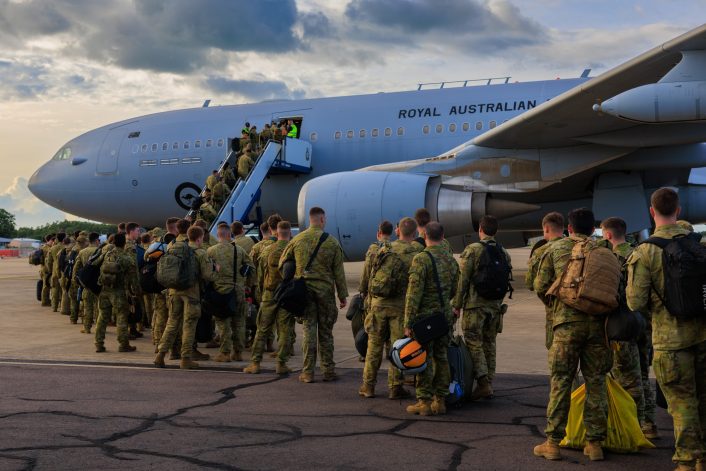
The Japanese Maritime Self Defense Force (JMSDF) has deployed the Mogami-class frigate JS NOSHIRO (FFM 3) to participate in the maritime component of the exercise, as Japan seeks to strengthen its bilateral relationship with the Philippine government. This deployment takes place as the two countries are preparing a reciprocal access agreement, which would allow them to deploy troops on each other’s soil for more intensive military training.
Carrier Shandong CSG is operating east of Luzon after transiting Bashi. Beijing’s answer to US NMESIS launchers in Batanes during #Balikatan. Escorting Type 055 Yan’an + 815A SIGINT ship extend an A2/AD bubble over the choke point within 72 h. https://t.co/aQuFoX3uSP
— Mike Casey (@mcasey_asia) April 25, 2025
As part of the large-scale exercise, the Philippines, United States, and Japan will hold naval drills across the South China Sea to show a united front against Chinese behavior in the region. The exercise is framed partly as a deterrent activity against Chinese actions in the South China Sea, which has used aggressive tactics against Philippine ships in the area. This includes the firing of water cannons and use of high-intensity lasers against Philippine Coast Guard ships, in order to assert their territorial claims in the contested area and drive away the Philippine presence.
The Chinese Coast Guard has since landed on the disputed reef of Sandy Cay in the Spratly Islands, which the Philippine government claims. Due to this, the Balikatan exercises come at an important time for regional security as the US seeks to reaffirm its commitment to the Philippines and to strengthen their Mutual Defense Treaty in the face of Chinese activity.
Consequently, the SINKEX will play a large part in demonstrating U.S. and allied firepower as well as their resolve to keep a strong and united defensive front.
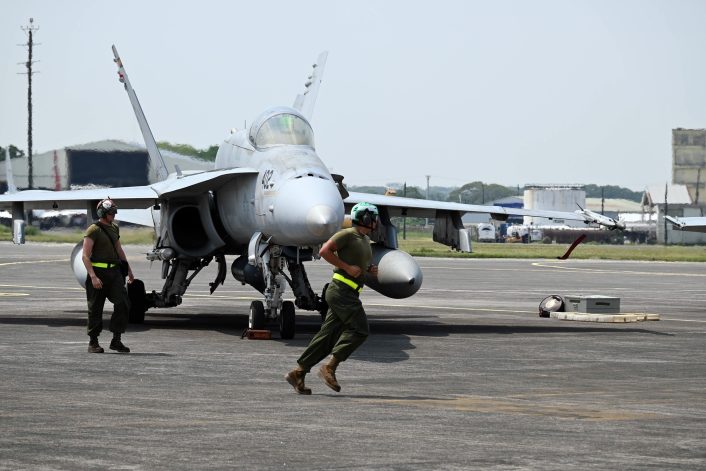
USS Brattleboro – BRP Miguel Malvar
The warship in question for the exercise will be the former BRP Miguel Malvar (PS-19) corvette, which had been used by the Philippine Navy for coastal defense duties. Miguel Malvar started life as the USS Brattleboro, a PCE(R)-848 class rescue patrol craft escort designed and built for the Second World War.
While most of its class was utilized to hunt for submarines in the Atlantic Ocean during Second World War convoy missions, Brattleboro was primarily tasked with rescuing and treating injured sailors and airmen in the Pacific theatre. There, USS Brattleboro would receive three battle stars, seeing service during the Battles of Leyte Gulf, Lingayen Gulf and Okinawa.
The warship would rescue the crews of downed aircraft and damaged U.S. warships in the battle area, rendering aid to stricken ships that had been hit by kamikaze and bomb attacks. During the 91-day campaign at Okinawa, Brattleboro would treat over 200 badly wounded men and rescue in excess of 1,000 sailors from sinking warships.
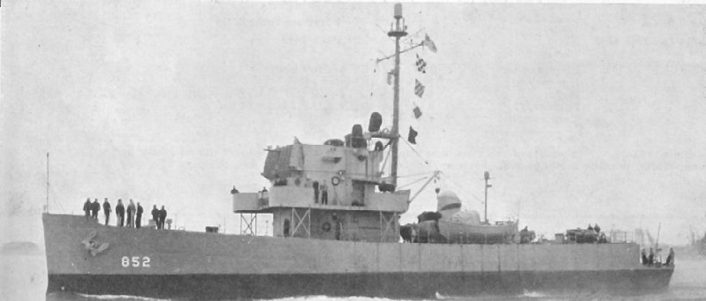
Post war, Brattleboro would be converted into a test-bed ship, losing her armament and hospital equipment in exchange for specialized testing kit necessary to help develop new technologies for the US.
For the next 18 years of service Brattleboro would conduct experiments on infra-red equipment, optical communications equipment, sonar apparatus, weather gear, and various other pieces of equipment for use by the Bureau of Ships, Bureau of Ordnance and the Office of Naval Research.
However, Brattleboro would eventually be decommissioned in 1965, whereupon she was struck from the naval register and sold to the Republic of Vietnam, being recommissioned as the RVN Ngọc Hồi (HQ-12). Her service here would be brief, with the 1975 fall of Saigon precipitating the ship and her crew fleeing to the Philippines to escape the North Vietnamese Army and any future retribution. In Philippine waters the warship would be taken and commissioned into the Philippine Navy, being renamed for the last time as the BRP Miguel Malvar (PS-19) in 1977.
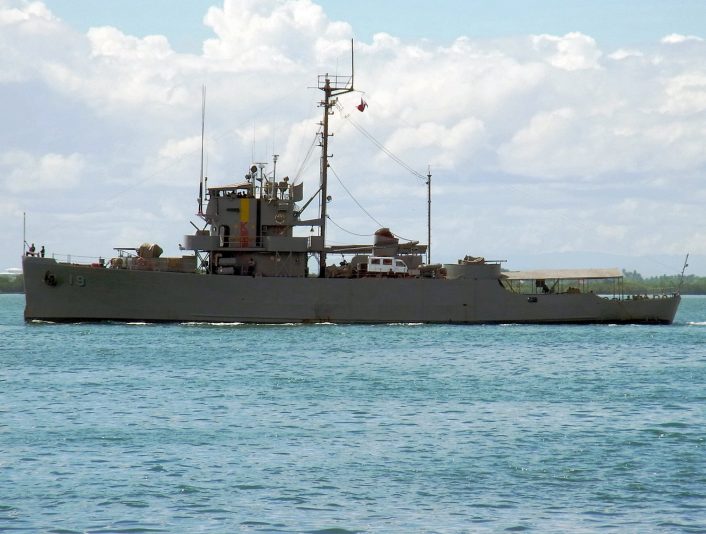
The ship would be named after the famous general Miguel Malvar who had fought for Filipino independence against the forces of the Spanish Empire and the United States during the 1890s and 1900s. Malvar had led the Philippine revolutionary government against the U.S. and is now considered to be the second president of the Philippine state.
BRP Miguel Malvar would receive an extensive overhaul to modernize the warship and make her ready for service in the Philippine Navy, being utilized as a patrol corvette, responding to crises and distress calls throughout her service life. She would carry on until 2021, when she was decommissioned for the last time, marking an end to almost 77 years of continual military service across three nations.
Although saddened, Alcos said the sinking of the former BRP Miguel Malvar would be symbolic and would serve as a “new chapter” for the @Philippine_Navy.
“It will serve its purpose to showcase that we have transitioned from a legacy navy into a modern navy,” he said. | via… pic.twitter.com/YwWxdif6UE
— ABS-CBN News (@ABSCBNNews) April 29, 2025
The name Miguel Malvar will live on however, with the newly built guided missile frigate BRP Miguel Malvar (FFG-06) to be commissioned sometime this year. For the former USS Brattleboro, the old warship will rest in the waters where she had made her name, returning to the sea she had once fought for as an artificial reef.

